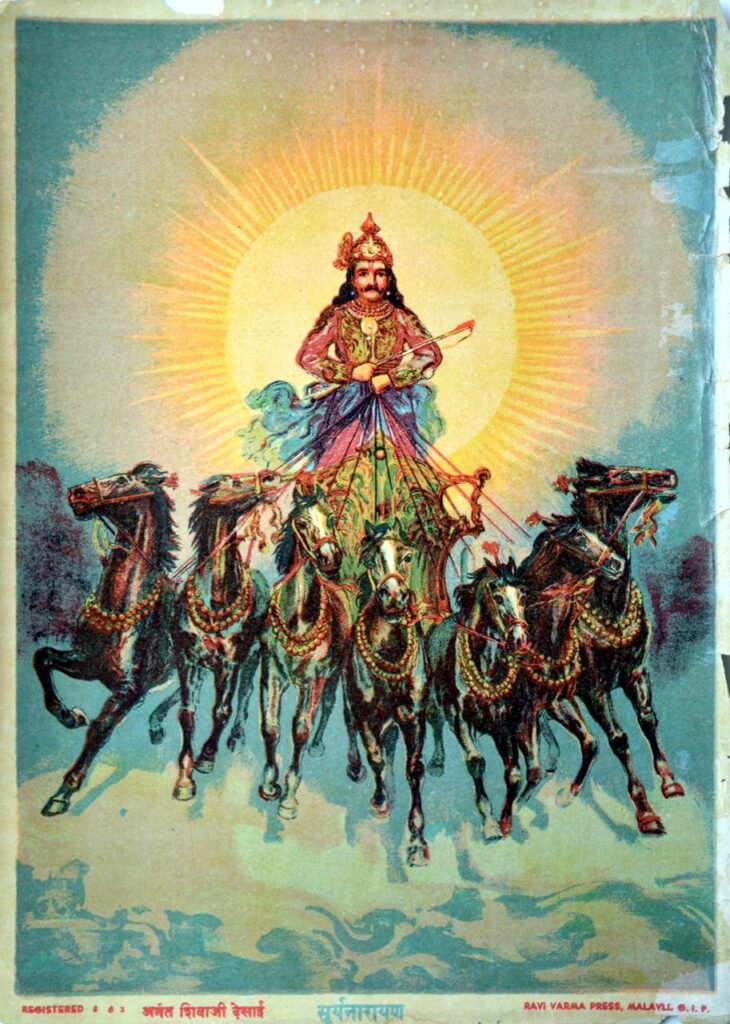
Table of Contents (The Complete Mahabharata in Simple English)
Previous Post: The Pitris Explain Their Background and Suffering to Jaratkaru
| Note: In the previous post, the Pitris explained the reason for their suffering. In this post, we will learn that the scenario of the Pitris hanging upside down was symbolic in nature. Here, we are explained the allegorical meaning of the entire scene. |
The Pitris concluded the explanation of their suffering by saying, “That is the reason we hang in this hole as if unconscious and having no one to care for us. If you meet Jaratkaru, tell him about our suffering and explain to that brahmin, who has immense ascetic wealth, that he is the only surviving descendant of our race. He is the only one who can further the ancestral line. Tell him to get married and have children.”
| Note: After this, the Pitris explain the allegorical meaning of hanging upside down on a single cord. This is one of the very few times in the Mahabharata that an incident is clearly mentioned as allegorical and its meaning explained in detail. |
The Pitris explained that the Virana roots represented their race. The rat represented ‘Time’. The cords that had been eaten away by the rat represented the spirits of the Pitris that had deceased having succumbed to Time. The single cord of Virana root, half-eaten by the rat, represented Jaratkaru who had dedicated his life to ascetic penance and was gradually being weakened by Time. Them (the Pitris) hanging upside down represented the fact that they were sinking like wretches because Jaratkaru, their last hope, didn’t understand that his penances could not save them. If he continued disregarding his duty to his ancestor, their entire race including Jaratkaru would sink into hell.
| Note: The Mahabharata doesn’t always explain allegories so explicitly. The fact that it’s so explicit could have many meanings. However, without that deep a knowledge of “passages as symbols”, I can only guess. It might mean that Jaratkaru has an inner vision of his Pitris hanging upside down. Inner visions and dreams often have their own language of symbols, which was then explained to us. It might also be Vyasa Muni’s way of telling the readers that the Mahabharata, even though it is Itihasa, contains several allegories to explain dharmic concepts. The reader is therefore urged to read the epic introspectively rather than like a novel. Alternatively, it may have a completely different meaning that we haven’t understood yet. Whatever be the meaning of explicitly mentioning an allegory, one thing is fairly clear – if we read the Mahabharata in an introspective manner with a genuine aspiration to understand the dharma, then dharma will most certainly reveal its subtleties to us. In the next post, we will read about Jaratkaru’s response to his Pitris where he places a condition for getting married. |
Table of Contents (The Complete Mahabharata in Simple English)
Next Post: Jaratkaru Places a Condition for Marriage



